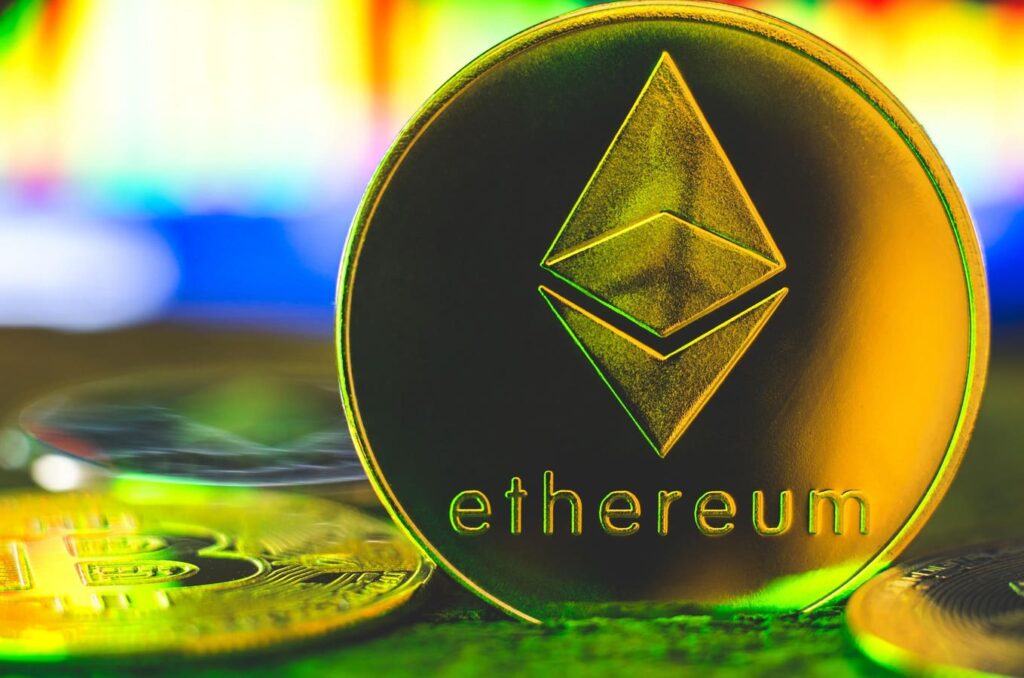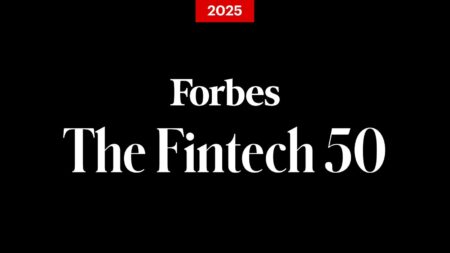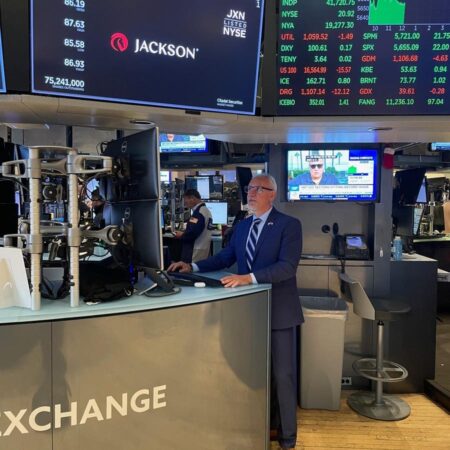Anticipation regarding the recent launch of nine U.S. Securities Exchange Commission (SEC) approved Ethereum Exchange-Traded Funds (ETF) has been extremely palpable. The SEC decision impacts Ethereum in a big way, potentially reshaping its market dynamics and the broader adoption of the digital asset.
The SEC has given its approval to eight asset managers including VanEck, Grayscale (2 funds), Bitwise, iShares, Invesco, Fidelity, 21Shares, and Franklin Templeton, all who submitted applications to the regulatory body from Q4 2023 to earlier this year.
The implications of an ETH ETF extend far beyond mere regulatory compliance. According to BlackRock’s head of digital assets, Robert Mitchnick, with the iShares Ethereum Trust ETF (ETHA) now trading on Nasdaq, the offering will likely follow in the footsteps of the company’s recently released Bitcoin ETF, the fastest growth of an ETF launch in the history of ETFs.
Adds Mitchnick, “The launch of ETHA follows the iShares Bitcoin Trust, whose historic ascent to more than $20 billion in assets under management in its first six months reflects the substantial demand from investors to be able to access this asset class within the convenience of an exchange-traded product. “
Several analysts from across crypto and traditional finance, including Paul Barron, Samara Cohen and Jonathan Burton, have echoed this view and noted that these ETFs could attract billions of dollars in inflows within months of their listing, driving ETH’s spot price along the way.
According to Tom Ngo, ceo of Ethereum Layer 2 roll-up platform Metis, the approval of Ethereum ETFs represents a pivotal moment for the entire blockchain ecosystem.
Says Ngo, “The development not only increases Ethereum’s accessibility to institutional investors but also validates its role as the backbone of the burgeoning decentralized finance (DeFi) economy and the real world asset tokenization (RWA) market.”
Zac Cheah, ceo and co-founder of Pundi X, a retail platform featuring a blockchain-based POS solution, sees the ETFs potentially bridging the gap between two disparate worlds and allowing investors from across the board to enter the realm of crypto with utmost confidence.
“This could be the catalyst that propels Ethereum into mainstream financial conversations and investment portfolios,” cites Cheah.
Market Readiness For Institutional Adoption
The price of ETH is up 42.6 percent over the past six months, though has fallen five percent since the listings on July 23rd. Since the start of the year, the total number of staked ETH surged to near all-time highs, with over 33.3 million ETH, approximately 27.7 percent of the asset’s existing supply pool, currently staked.
The SEC has banned funds from allowing investors who stake ETH. Staking is the funding mechanism for DLT protocols that underpin Web3 and is in regulators line of fire. New transactions are added to DLT networks through Proof-of-take (‘PoS’) consensus mechanisms, allowing users who stake tokens that they buy to earn rewards in return.
CK Zheng, the chief investment officer at ZX Squared Capital, notes, “The introduction of Ethereum ETFs will likely catalyze a new phase of institutional adoption. We anticipate this will not only drive price appreciation but also foster innovation and development within the Ethereum network, solidifying its position as a cornerstone of the digital asset space.”
Institutional interest in Ethereum is growing. The potential market impact of Ethereum ETFs is substantial. Analysts, including Bitwise chief information officer Matthew Hougan, project that ETH ETFs could attract up to $15 billion in net inflows by the end of 2025.
Such a massive influx of capital, coupled with Ethereum’s unique market characteristics, could lead to significant price appreciation not only for ETH but also for several projects built atop its associated network.
On the first day of the ETFs going live, the nine offerings cumulatively witnessed inflows amounting to $106.8 million, with the iShares Ethereum Trust ETF (ETHA) and the Bitwise Ethereum ETF (ETHW) netting $266.5 million and $204 million respectively.
The total ETH inflow was just 17 percent compared to the launch of Bitcoin ETFs, with trading volumes at $1.12 billion versus bitcoin’s $4.5 billion with analysts pointing at the the larger-than-expected outflows from the Grayscale Ethereum Trust (ETHE). The Grayscale Bitcoin Trust (GBTC) has seen over $17 billion of outflows since the launch of the BTC ETFs from investors seeking other funds with lower charges.
On the continued success of Ethereum in the near to mid-term, A. Rafay Gadit, co-founder of Zignaly believes that the freshly released ETFs could be a game-changer for both retail and institutional investors.
“It will provide a regulated avenue for exposure to one of the most innovative blockchain platforms in the world today, thereby driving unlocking new use cases for Ethereum’s already strong technological base,” says Gadit.
All Go For Digital Assets
The general outlook for Ethereum ETFs and their continued impact on the digital assets landscape looks positive. The SEC’s approach to crypto regulation is one of extreme caution and with staking clearly in the sights of global regulators, the industry is proceeding with caution.
Due to the volatile nature of cryptoassets, they are not for everyone, and require investment and market experience, just as trading highly volatile commodities and energy assets do, like oil, natural gas, copper, nickel, wheat, and coffee. Volatility is where experienced traders make money.
Most investors with the help of their research and or advisors will work out if crypoassets are something they should be investing in – let the people decide.
With this year’s approval of both the BTC and ETH ETFs, the overall sentiment remains positive, and the approvals signal to investors that it is “safe to go back into the water.” This will drive greater adoption of digital assets across all investor segments.
The opportunities far outweigh the challenges and the ETF approvals mark the dawn of a new era for investing in native cryptographic assets, one where for investors, the gap between accessing TradFi assets and cryptoassets is narrowing.
Read the full article here
















